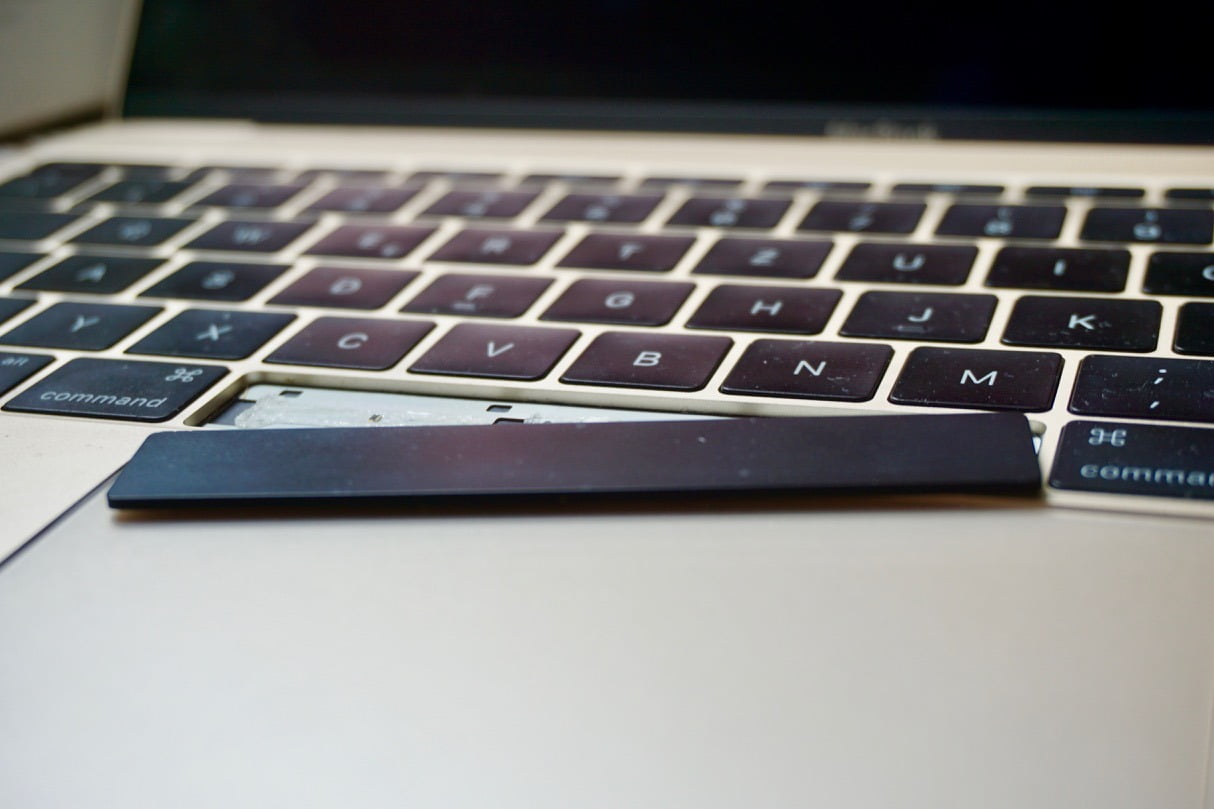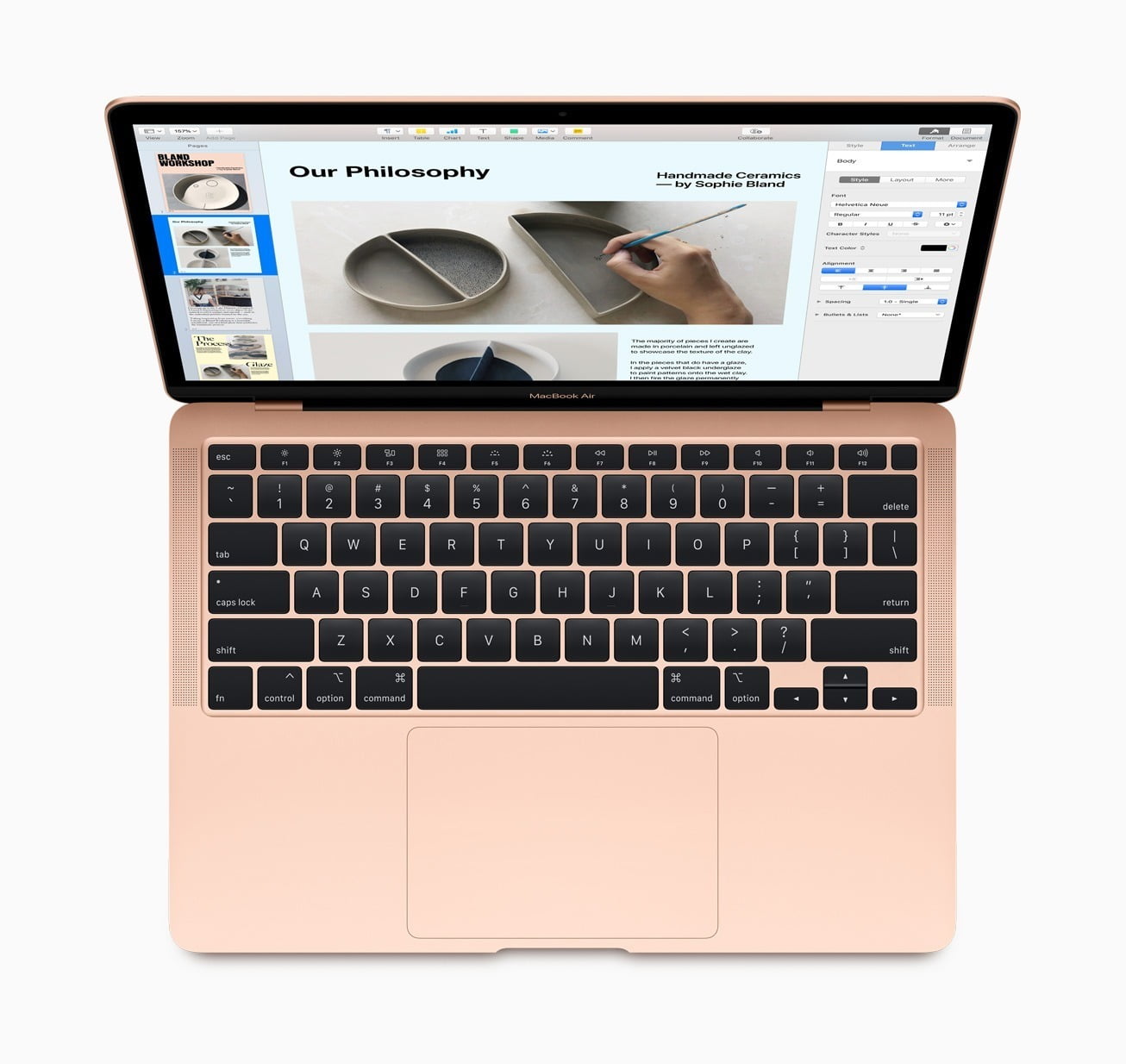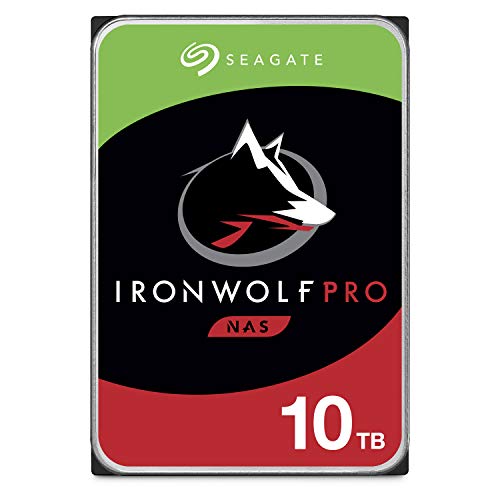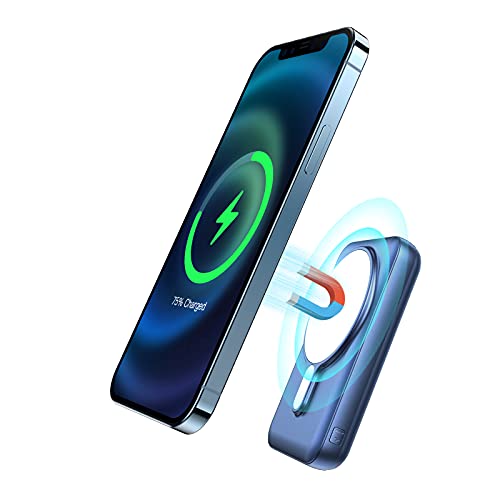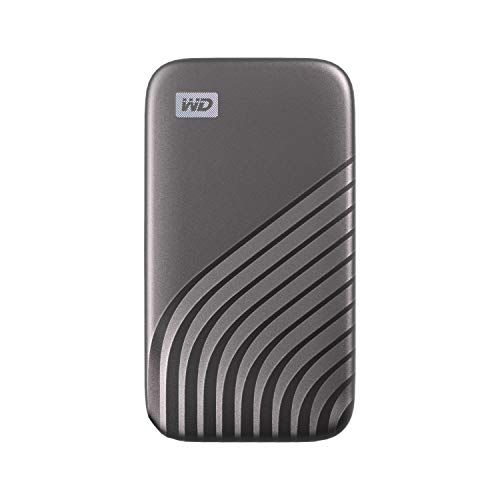You want to buy a used MacBook, but you want one with the better Magic Keyboard? We will show you how you can easily recognize the better keyboard when buying a used one.
In the last years all MacBooks had keyboards with the new butterfly mechanics. Despite several iterations Apple did not manage to make it so reliable that the criticism would have died down, (sometimes even the keys melted). In 2019 Apple decided to use the old scissors technology again. The first model in 2019 was the new 16-inch MacBook Pro model, followed in 2020 by the 13-inch MacBook Pro and MacBook Air.
Criteria for identifying the better Magic Keyboard:
- Left/right navigation buttons are smaller again
- Devices with touch bar have a separate mechanical escape key
Thus, the keyboard got a bit more key travel again and isn’t as susceptible to dust and crumbs. Whereby we have to say that we have seen many MacBooks that also work perfectly with the butterfly keyboard. So it is not necessarily an exclusion criterion. Especially since the typing feel is actually pretty good: it’s precise and crisp. But be that as it may: the time of these extremely flat Butterfly Keyboards is over. After all, Apple gives a four-year warranty on all these models, in case a key should ever experience a jammed key – and then replaces the whole top case including battery – maybe one reason why Apple has now changed its strategy: the repair costs should not have been low.
The easiest way to distinguish the new keyboard (Magic Keyboard) from its predecessor (Butterfly Keyboard) is that it looks like it did in the beginning (on Unibody and Retina MacBooks): The right/left keys of the navigation block in the lower right corner of the keyboard are smaller again, so the T-shape can be easily recognized. On touch bar models there is also a separate escape key again, but in principle you only have to pay attention to the arrow keys.
